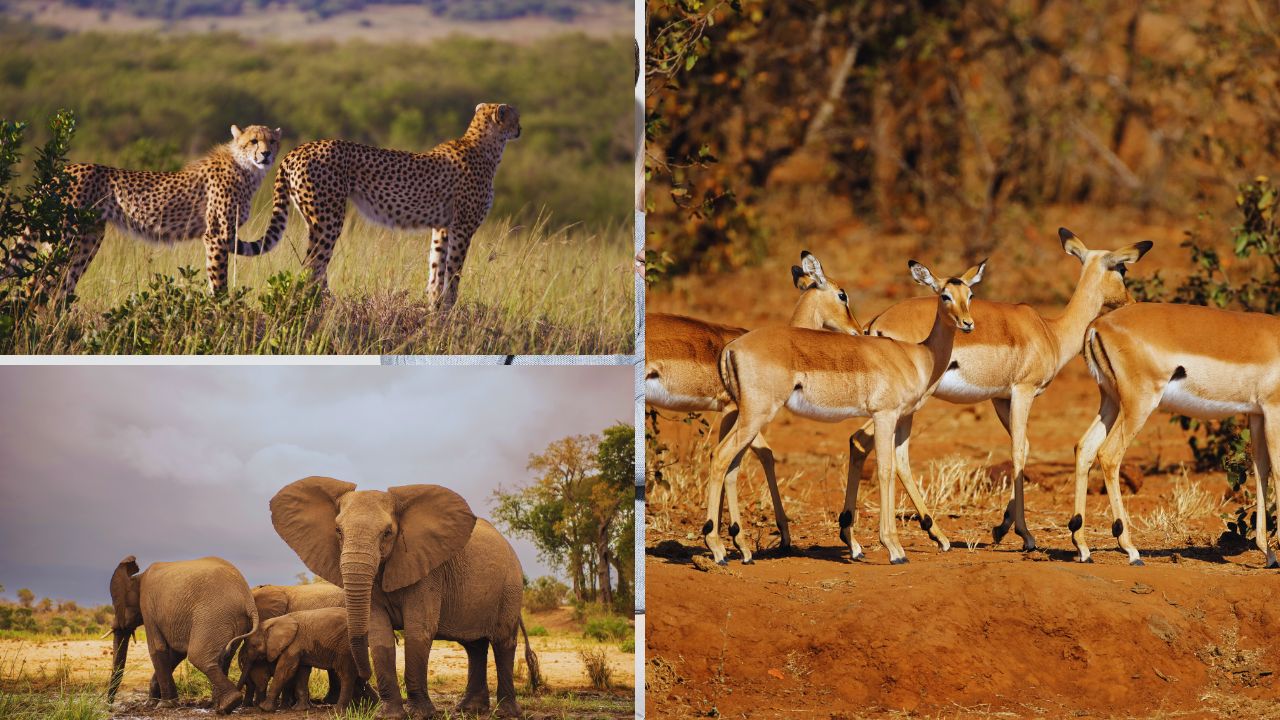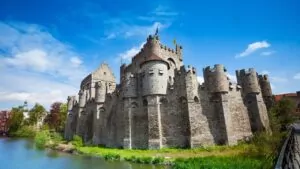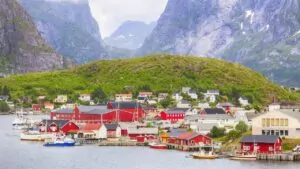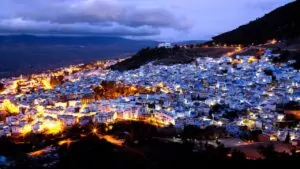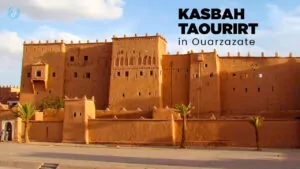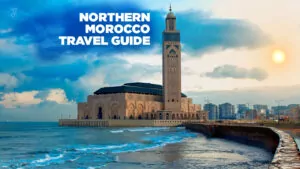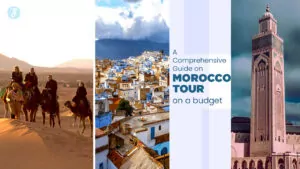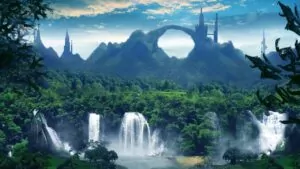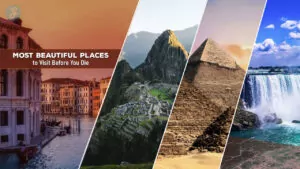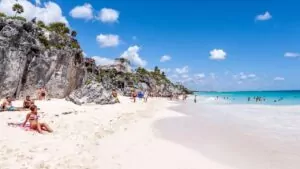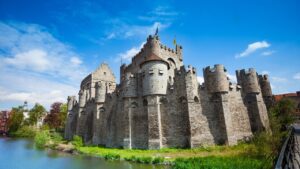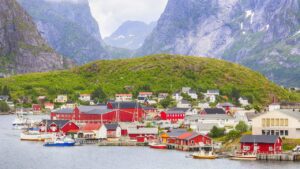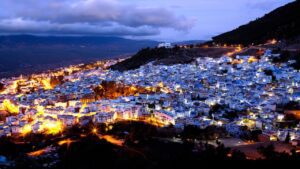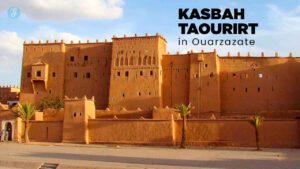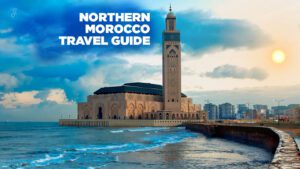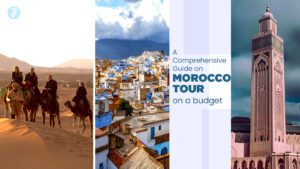Africa is a continent of breathtaking beauty and diverse wildlife. For nature lovers, it offers an unparalleled opportunity to see some of the world’s most magnificent animals in their natural habitats.
From the vast savannas of the Serengeti to the lush Okavango Delta, Africa’s wildlife safaris provide unforgettable experiences. This article will explore the 10 best wildlife safaris in Africa, perfect for those who want to connect with nature and witness the incredible diversity of African wildlife.
1. Masai Mara National Reserve, Kenya
The Masai Mara is one of Africa’s most famous wildlife destinations. Located in southwest Kenya, it’s known for its large populations of lions, leopards, cheetahs, and elephants. But the real star of the show is the annual wildebeest migration.
Key Features:
- Home to all of the “Big Five” (lion, leopard, elephant, buffalo, and rhinoceros)
- Witness the Great Migration from July to October.
- Opportunities for hot air balloon safaris
- Rich Maasai culture
The Masai Mara covers an area of 1,510 square kilometers of mainly open grassland. The reserve is home to over 95 species of mammals and 570 recorded species of birds. The Mara and Talek rivers cut through the landscape, dotted with acacia trees, creating a diverse ecosystem that supports an incredible variety of wildlife.
During the annual wildebeest migration, over 1.5 million wildebeest, along with hundreds of thousands of zebras and gazelles, move between the Serengeti in Tanzania and the Masai Mara in Kenya. This spectacle, often called the “Greatest Show on Earth,” typically occurs between July and October.
Visitors to the Masai Mara can enjoy game drives, walking safaris, and cultural visits to local Maasai villages. For a truly unique perspective, hot air balloon safaris offer a bird’s-eye view of the stunning landscape and roaming wildlife below.
2. Serengeti National Park, Tanzania
The Serengeti is a vast ecosystem in northern Tanzania that covers 14,750 square kilometers. It’s contiguous with the Masai Mara in Kenya and is famous for its annual migration of wildebeest and zebra.
Key Features:
- Endless plains with abundant wildlife
- Part of the Great Migration Circuit
- Diverse habitats, including grasslands, woodlands, and rivers
- Opportunities to see predators in action
The Serengeti’s name comes from the Maasai word “siringet,” which means “endless plains.” These plains are home to an estimated 2 million wildebeest, 900,000 Thomson’s gazelles, and 300,000 zebras. Predators, including lions, cheetahs, and leopards, are also abundant.
The park’s diverse habitats include the central Seronera Valley, the Western Corridor with its black clay soil, the Northern Lobo area, and the Southeastern Plains. Each area offers unique wildlife viewing opportunities throughout the year.
Witnessing the Great Migration is one of the highlights of a Serengeti safari. While the exact timing can vary, the herds typically move north from the Ndutu area in April, passing through the Seronera area and Western Corridor from May to July. They usually arrive in the northern Serengeti in August and cross into the Masai Mara shortly after.
Visitors can enjoy game drives, walking safaris, and even horseback safaris in certain areas. Hot air balloon rides offer a unique perspective on the vast landscape and roaming herds below.
3. Okavango Delta, Botswana
The Okavango Delta is a unique inland river delta in northern Botswana. Unlike most river deltas, the Okavango does not flow into the sea but instead creates a lush oasis in the Kalahari Desert.
Key Features:
- UNESCO World Heritage Site
- Diverse aquatic and terrestrial wildlife
- Mokoro (dugout canoe) safaris are unique.
- Exclusive and eco-friendly lodges
During peak flood season, the Delta covers 15,000 square kilometers. The Okavango River empties into a swamp in the Kalahari Desert, forming a complex network of channels, lagoons, and islands.
This unique ecosystem supports a wide variety of wildlife, including elephants, hippos, crocodiles, lions, leopards, cheetahs, and numerous antelope species. It’s also a birdwatcher’s paradise, with over 400 species of birds recorded in the area.
One of the unique experiences in the Okavango Delta is the mokoro safari. These traditional dugout canoes allow visitors to silently glide through the waterways, getting close to wildlife without disturbing them. Walking safaris on the many islands also offer an intimate wildlife viewing experience.
The Delta’s camps and lodges are known for their exclusivity and commitment to eco-tourism. Many are accessible only by light aircraft, ensuring a truly remote and pristine wilderness experience.
4. Kruger National Park, South Africa
Kruger National Park is one of Africa’s largest game reserves, covering an area of 19,485 square kilometers in northeastern South Africa. It’s famous for its high density of wild animals and wide variety of species.
Key Features:
- Home to 147 mammal species, including the Big Five
- Over 500 bird species
- There are diverse landscapes ranging from savanna to mountain bushveld.
- Excellent infrastructure for self-drive safaris
The South African Lowveld’s wildlife was the reason for the establishment of Kruger National Park in 1898. Today, it’s one of the most popular safari destinations in Africa, offering a wide range of accommodation options from basic campsites to luxury lodges.
The park is home to an impressive array of wildlife, including 147 mammals, 114 reptile species, 34 amphibian species, and 517 bird species. Visitors have an excellent chance of seeing the Big Five, as well as other iconic African animals like giraffes, hippos, and wild dogs.
Kruger’s diverse habitats include open savanna, dense bush, riverine forests, and rocky outcrops. This variety supports a wide range of plant and animal species, making each game drive a new adventure.
One of Kruger’s unique features is its accessibility. The park has an extensive network of roads, allowing visitors to conduct self-drive safaris. However, guided game drives and walking safaris are also available for those who prefer expert guidance.
5. Etosha National Park, Namibia
The Etosha salt pan, a vast, shallow depression that briefly fills with water during the wet season and attracts thousands of flamingos, is the focal point of Etosha National Park, which is located in northwest Namibia.
Key Features:
- A unique salt pan ecosystem
- Excellent wildlife viewing, especially around waterholes
- There is a good chance of seeing endangered black rhinos.
- Stark, scenic beauty
Etosha, which means “Great White Place,” covers an area of 22,270 square kilometers. The park’s salt pan covers about 25% of it. During the dry season, wildlife congregates around the waterholes, providing excellent viewing opportunities.
The park is home to 114 mammal species, including four of the Big Five (lions, leopards, elephants, and rhinos—both black and white). It’s one of the best places in Africa to see endangered black rhinos. Other notable species include giraffes, zebras, and numerous antelope species.
Etosha is also a bird lover’s paradise, with over 340 bird species recorded. The salt pan attracts thousands of flamingos after favorable rains, creating a spectacular pink spectacle.
One of the unique aspects of Etosha is its stark beauty. The shimmering white salt pan dominates the landscape, providing a surreal backdrop for wildlife viewing. Many of the camps in Etosha have floodlit waterholes, allowing visitors to observe nocturnal wildlife behavior.
6. South Luangwa National Park, Zambia
South Luangwa National Park in eastern Zambia is one of the greatest wildlife sanctuaries in the world. It’s known for its walking safaris and high concentration of leopards.
Key Features:
- Birthplace of the walking safari
- Leopards have a high density.
- Large populations of hippos and crocodiles
- Night drives are allowed.
South Luangwa covers an area of 9,050 square kilometers. The Luangwa River, the park’s focal point, draws a diverse range of wildlife. The landscape is a mix of woodland savanna and open plains, supporting a diverse ecosystem.
The park is home to over 60 mammal species and over 400 bird species. It’s particularly famous for its leopard population, offering some of the best leopard sightings in Africa. Other notable species include lions, wild dogs, and large herds of elephants and buffalo.
South Luangwa is known as the birthplace of the walking safari. These guided walks offer a unique perspective on the African bush, allowing visitors to experience the sights, sounds, and smells of the wilderness up close.
Another unique aspect of South Luangwa is that it allows night drives. This gives visitors the opportunity to see nocturnal animals like genets, civets, and porcupines, as well as observe predators on their nightly hunts.
7. Bwindi Impenetrable National Park, Uganda
Bwindi Impenetrable National Park, located in southwestern Uganda, is a UNESCO World Heritage Site known for its population of mountain gorillas.
Key Features:
- Home to nearly half of the world’s mountain gorillas
- Incredible biodiversity, with numerous endemic species.
- Challenging but rewarding gorilla trekking experiences
- An ancient rainforest ecosystem
Bwindi is home to 331 square kilometers of montane and lowland forest. It’s one of the richest ecosystems in Africa, with over 120 mammal species, 350 bird species, 220 butterfly species, and 27 frogs, geckos, and chameleons.
The park’s main attraction is its population of about 400 mountain gorillas, roughly half of the world’s population. Visitors can trek through the dense forest with experienced guides to spend an hour with a habituated gorilla family. People often describe this encounter with these gentle giants as a life-changing experience.
In addition to gorillas, Bwindi is home to 11 other primate species, including chimpanzees and L’Hoest’s monkeys. Forest elephants inhabit the park, albeit their sightings are infrequent.
Bwindi’s biodiversity is exceptional, with many species found nowhere else on earth. The ancient forest, which survived the last ice age, harbors an incredible variety of plants and animals. It’s a paradise for nature lovers and researchers alike.
8. Chobe National Park, Botswana
Chobe National Park, located in northern Botswana, is known for its large herds of elephants and buffalo, as well as its location along the beautiful Chobe River.
Key Features:
- Home to Africa’s largest elephant population
- Diverse habitats, including floodplains, marshes, and woodlands
- River safaris offering unique wildlife viewing
- Proximity to Victoria Falls
Chobe covers an area of 11,700 square kilometers and is Botswana’s first national park. Four distinct ecosystems divide it: the Serondela area (Chobe riverfront), the Savuti Marsh, the Linyanti Swamps, and the dry hinterland.
The park is most famous for its elephant population, estimated at around 50,000. These elephants are known for their large size and long tusks. Hundreds of elephants frequently drink and bathe along the Chobe River during the dry season.
In addition to elephants, Chobe is home to large herds of buffalo, as well as lions, leopards, and numerous antelope species. The river attracts a wide variety of wildlife, including hippos, crocodiles, and over 450 species of birds.
One of Chobe’s most distinctive features is the opportunity for river safaris. Boat cruises along the Chobe River offer a different perspective on wildlife, allowing visitors to get close to animals as they come to drink and cool off in the water.
Chobe’s proximity to Victoria Falls (about an hour’s drive away) makes it simple to combine a safari experience with a visit to one of Africa’s most spectacular natural wonders.
9. Ngorongoro Conservation Area, Tanzania
The Ngorongoro Conservation Area in northern Tanzania is a UNESCO World Heritage Site that includes the spectacular Ngorongoro Crater, the world’s largest intact volcanic caldera.
Key Features:
- The unique crater ecosystem is home to a high concentration of wildlife.
- It is possible to see all of the Big Five in one day.
- Ancient human history at Olduvai Gorge
- Wildlife and Maasai pastoralists coexist.
The Ngorongoro Crater is the centerpiece of the conservation area. This natural enclosure, formed when a large volcano exploded and collapsed on itself two to three million years ago, is 610 meters deep and covers 260 square kilometers.
The crater floor is home to an estimated 25,000 large animals, including black rhinos, hippos, and large prides of lions. It’s one of the few places in Africa where visitors have a decent chance of seeing all of the Big Five in a single day.
Apart from the crater, the conservation area encompasses Olduvai Gorge, a significant paleoanthropological site that has yielded some of the earliest evidence of human ancestors. Visitors can tour the museum and learn about the area’s significance in human evolution.
The Ngorongoro Conservation Area is unique in that it allows the coexistence of human habitation and wildlife. The area allows the indigenous Maasai people to live, practicing their traditional lifestyle while sharing the land with wildlife.
10. Hwange National Park, Zimbabwe
Hwange National Park, the largest national park in Zimbabwe, covers an area of 14,651 square kilometers. It’s known for its large elephant population and diverse landscapes.
Key Features:
- Home to over 40,000 elephants
- Over 100 mammal species and 400 bird species
- There are diverse habitats, ranging from desert sand to sparse woodland and grasslands.
- Excellent walking safaris and night drives
Hwange is situated on the edge of the Kalahari Desert, creating a mix of semi-arid woodland and savanna grasslands. This diverse landscape supports an incredible variety of wildlife, including 19 large herbivore and eight large carnivore species.
The park is most famous for its elephants, with a population estimated at over 40,000. During the dry season, large herds gather around the park’s waterholes, creating spectacular wildlife viewing opportunities.
In addition to elephants, Hwange is home to all of the Big Five, as well as one of the largest populations of African wild dogs left in Africa. The park is also a haven for bird watchers, with over 400 species recorded.
One of the unique aspects of Hwange is its network of pumped waterholes. These artificial water sources, maintained by park authorities and safari operators, ensure that wildlife can survive even during the driest months and provide excellent wildlife viewing opportunities year-round.
Visitors to Hwange can enjoy game drives, walking safaris, and night drives. The park’s diverse habitats and abundant wildlife make each safari a unique experience.
Conclusion
Africa’s wildlife safaris offer nature lovers unparalleled opportunities to connect with the natural world and witness some of the planet’s most magnificent creatures in their native habitats. From the vast savannas of East Africa to the lush deltas of Southern Africa, each destination offers its own unique blend of landscapes, wildlife, and experiences.
As you plan your African safari adventure, remember that each season and each destination offers different wildlife viewing opportunities. Consider your specific interests, such as the animals you hope to see or the types of experiences you want to have, and plan accordingly. With proper preparation and an open mind, a wildlife safari in Africa can be a transformative experience that deepens your connection to the natural world and creates memories that will last a lifetime.

